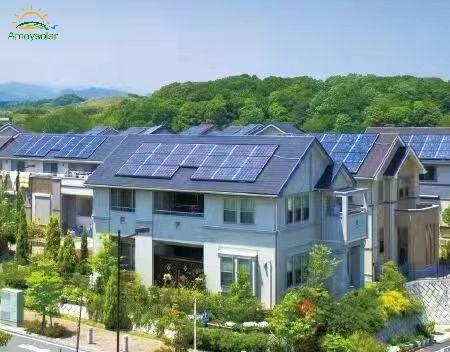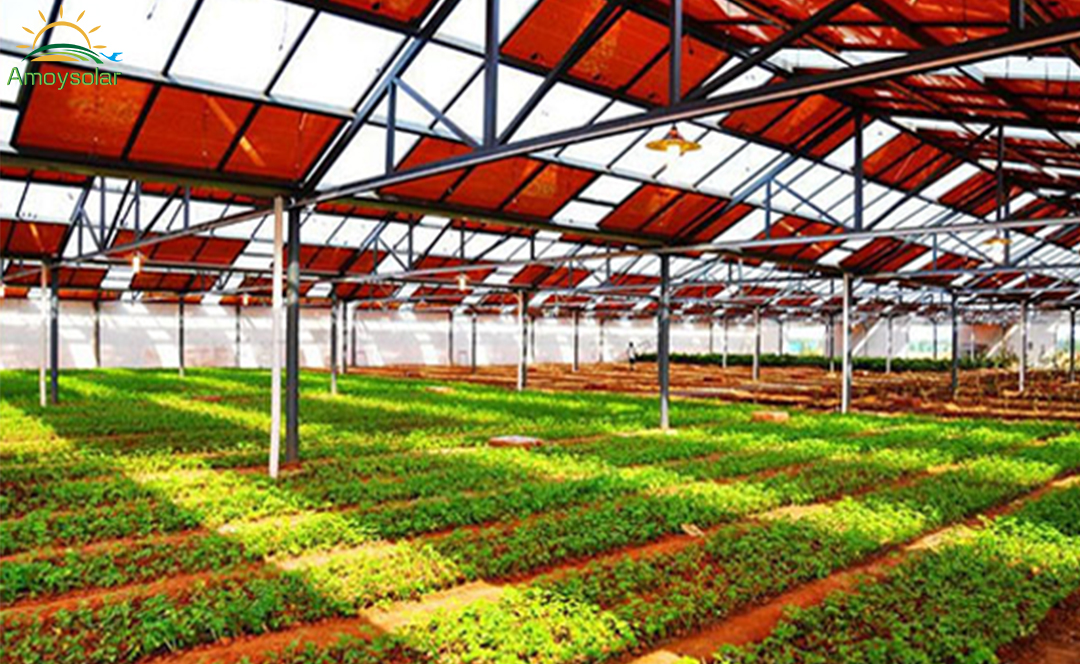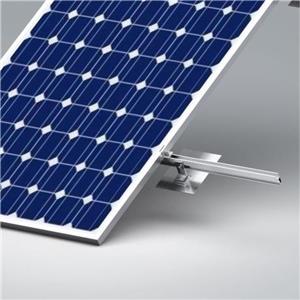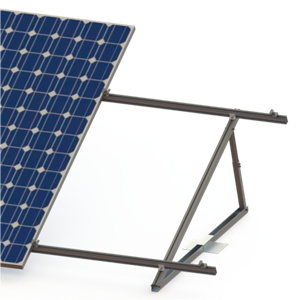Multi energy complementation will be the main feature of clean energy development
 Deloitte China recently released the 2017 clean energy industry report, which discussed the development trend of China's clean energy industry in detail, and analyzed the opportunities and challenges they faced from several sub industries, including solar energy, wind energy, new energy vehicles, solid waste treatment, water treatment and new energy conservation and environmental protection technologies.
Deloitte China recently released the 2017 clean energy industry report, which discussed the development trend of China's clean energy industry in detail, and analyzed the opportunities and challenges they faced from several sub industries, including solar energy, wind energy, new energy vehicles, solid waste treatment, water treatment and new energy conservation and environmental protection technologies.
The 13th five year plan has formulated a number of indicators for China's 2020 energy structure adjustment plan: the proportion of non fossil energy consumption will be increased to more than 15%, the proportion of natural gas consumption will strive to reach 10%, the proportion of coal consumption will be reduced to less than 58%, and the proportion of power generation coal consumption will be increased to more than 55%. This means that clean energy will play a more important role in the future.
Zhou Jinchang, a partner in charge of Deloitte China's national science and technology, media and telecommunications industry, said: "in terms of data, China's total investment in clean energy has always been relatively high in the world in recent years, growing from less than $10 trillion in 2005 to more than $100 trillion in 2015, and the installed capacity and output of all kinds of clean energy also rank first in the world. Compared with traditional energy industry, clean energy industry has higher requirements for R & D and investment, higher costs and weaker profitability. However, due to the impact of policies and subsidies, China's clean energy industry has a higher degree of participation of state-owned capital. However, with the development of the industry and the encouragement of policies in recent years. We can see that the clean energy industry will pay more attention to the law of market independent development, give full play to the role of price regulation, and develop a more sound energy financial system. "
At the same time, multi energy complementation is also one of the main characteristics of clean energy development in the future. The energy complementation system is not only conducive to the development of clean energy, increasing the proportion of new energy, but also conducive to reducing the degree of high pollution and high energy consumption, such as thermal power, which can be described as one hit with many. By 2015, renewable energy accounts for a certain proportion of global power generation, including hydropower, wind energy, biomass energy, solar photovoltaic, solar thermal power generation, geothermal energy and marine energy. In the future, these kinds of renewable energy will be combined with non renewable energy to create a cleaner and more efficient energy complementary power generation system.
According to the data in 2016, although the power generation capacity of renewable energy in China has far exceeded the second and third place in the United States and Germany, and hydropower accounts for more than half of the renewable energy power generation, and the practice in recent years shows that hydropower may have a certain negative impact on the ecological environment of local waters. Therefore, in the future, China will also focus on the development of solar photovoltaic and wind power generation, two kinds of clean energy. Yu Yang, a leading partner of Deloitte China's clean technology industry, said: "although China's wind and photovoltaic development level has been at the forefront of the world, the problem of abandoning light and wind is still serious. Therefore, in the future, the country will also pay more attention to system optimization, innovation and development mode, and actively build a smart energy system. It is not only a major measure to improve the peak load regulation capacity of the system as a complement to the short board of power development, but also to speed up the construction of high-quality peak load regulation power supply, actively develop energy storage, change the operation mode of dispatching, and accelerate the breakthrough of operation control technologies such as grid balance and self-adaptive, so as to significantly improve the peak load regulation capacity of the power system and the capacity of absorbing renewable energy. "
In addition, with the encouragement of policies, photovoltaic industry will develop in coordination with traditional industries, and play a huge role in the development of poverty alleviation projects, such as "agricultural light complementary", "fishery light complementary" and other cooperation modes. Deloitte expects that during the 13th Five Year Plan period, the contribution of solar energy industry to China's economic output value will exceed trillion yuan, and about 7 million jobs will be provided. What's more, the solar energy industry is likely to bring more innovative investment and financing models to China. "In the future, the better economic benefits of photovoltaic industry will attract more social capital to invest, and more photovoltaic industry will bring multiple benefits to the society, forming a virtuous circle," Yu Yang said

Zhou Jinchang concluded: "the green and low-carbon development of energy is still the main target encouraged by the government, and the clean energy industry has always been supported by policies. The government still takes the development of clean and low-carbon energy as the main direction of energy restructuring, gradually reducing the proportion of coal consumption, increasing the proportion of natural gas and non fossil energy consumption, significantly reducing the intensity of carbon dioxide emissions and pollutant emissions, optimizing the layout and structure of energy production, and promoting the construction of ecological civilization. "




